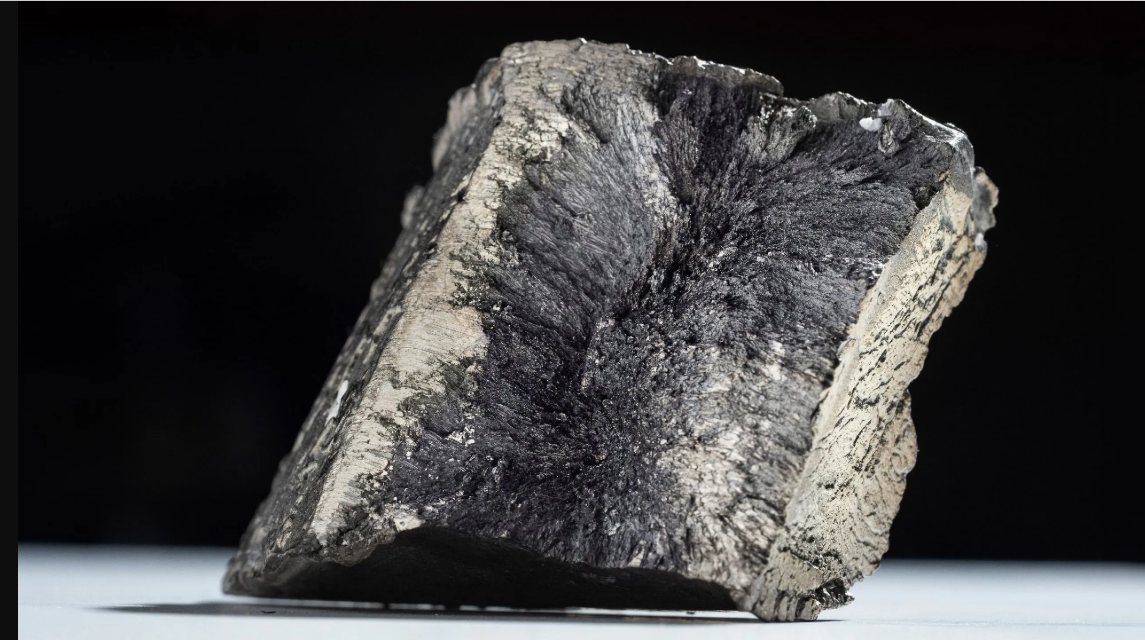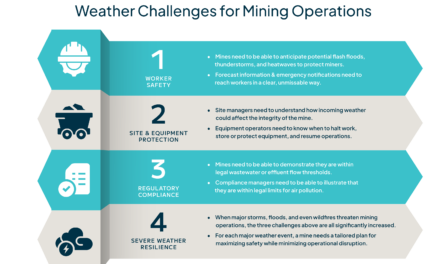Halide minerals, which contain halogen elements (fluorine, chlorine, bromine, or iodine) bonded with metals, have become increasingly significant in emerging technologies and sustainable industrial applications. Their unique chemical properties, including high reactivity, solubility, and conductivity, make them valuable in areas such as renewable energy, electronics, green chemistry, and environmental sustainability.
1. Halide Minerals in Renewable Energy Technologies
As the global shift towards renewable energy accelerates, halide minerals play an important role in advancing energy storage and conversion technologies.
Key Applications:
- Perovskite Solar Cells (PSCs):
- Lead halide perovskites (CH₃NH₃PbX₃, X = Cl, Br, I) are revolutionizing photovoltaic technology due to their high efficiency and low production costs.
- These materials are used in next-generation solar panels, offering better energy conversion rates compared to traditional silicon-based solar cells.
- Ongoing research focuses on lead-free halide perovskites for enhanced sustainability and reduced toxicity.
- Lithium-ion Batteries (LIBs) and Solid-State Batteries:
- Halide-based electrolytes, such as lithium chloride (LiCl) and lithium fluoride (LiF), improve battery performance, safety, and longevity.
- Fluorine-containing compounds enhance electrolyte stability and prevent thermal runaway in advanced energy storage systems.
- Hydrogen Storage & Fuel Cells:
- Halide-based materials, such as magnesium chloride (MgCl₂), are being explored for hydrogen storage solutions to enable the hydrogen economy.
- Fluoride-based catalysts in proton-exchange membrane fuel cells (PEMFCs) improve energy efficiency and durability.
2. Halide Minerals in Electronics & Semiconductor Industry
Halides are critical in the miniaturization and performance enhancement of electronic devices, sensors, and next-generation computing technologies.
Key Applications:
- Optoelectronics & Display Technologies:
- Cesium lead halide (CsPbX₃, X = Cl, Br, I) quantum dots are used in LED displays, offering improved brightness, color purity, and energy efficiency.
- Fluoride-based materials improve the durability and longevity of organic light-emitting diodes (OLEDs) in flexible screens and wearable devices.
- Semiconductors & Microelectronics:
- Fluorinated gases (NF₃, SF₆) are used in plasma etching and cleaning semiconductor wafers for advanced chip manufacturing.
- Gallium fluoride (GaF₃) is being explored for high-performance transistors and power electronics in electric vehicles (EVs) and grid applications.
- Photodetectors & Sensors:
- Lead halide perovskites enable high-sensitivity X-ray detectors, revolutionizing medical imaging and security scanning systems.
- Halide-based materials improve gas sensors for detecting environmental pollutants.
3. Halide Minerals in Green Chemistry & Sustainable Industry
Halide compounds are increasingly being used in environmentally friendly industrial applications, reducing pollution and enhancing resource efficiency.
Key Applications:
- Eco-friendly Catalysis:
- Fluoride-based catalysts are used in green chemical synthesis, reducing hazardous waste.
- Chloride-based catalysts are improving processes like biofuel production and CO₂ capture.
- Sustainable Water Treatment & Desalination:
- Silver halides (AgCl, AgBr) are effective in advanced water purification systems due to their antimicrobial properties.
- Fluoride-based membranes in reverse osmosis desalination enhance efficiency and durability.
- Biodegradable & Recyclable Materials:
- Halide perovskites are being researched for biodegradable electronics, reducing e-waste.
- Bromine-based flame retardants are being replaced with sustainable alternatives to improve fire safety without environmental harm.
4. Halide Minerals in Environmental Sustainability & Climate Technologies
The unique properties of halide minerals support technologies that mitigate environmental impact and enhance sustainability.
Key Applications:
- Carbon Capture & Storage (CCS):
- Fluoride-based sorbents improve CO₂ capture efficiency in industrial emissions control.
- Circular Economy & Waste Recycling:
- Halide-based extraction techniques enable the recycling of rare earth metals from electronic waste.
- Eco-friendly Refrigerants:
- Fluorinated refrigerants (HFOs, HFEs) are replacing CFCs and HCFCs, significantly reducing global warming potential.
Conclusion
Halide minerals are at the forefront of emerging technologies and sustainable industrial applications. Their role in renewable energy, advanced electronics, green chemistry, and environmental sustainability is expanding rapidly. From high-efficiency solar panels to next-generation semiconductors and eco-friendly water treatment, these minerals are paving the way for a cleaner and more efficient industrial future. As research advances, the challenge will be to enhance the sustainability of halide mineral extraction and processing while minimizing environmental impact.
Hashtags
#HalideMinerals #SustainableTechnology #GreenIndustry #IndustrialMinerals #FutureMaterials #HalideApplications #EcoFriendlyManufacturing #TechMinerals #SustainableInnovation #HalideTech #CleanEnergyMaterials #NextGenMaterials #SmartManufacturing #HalideForIndustry #SustainableMining #IndustrialSustainability #CriticalMinerals #TechForSustainability #InnovativeMaterials #HalideBasedTechnology














